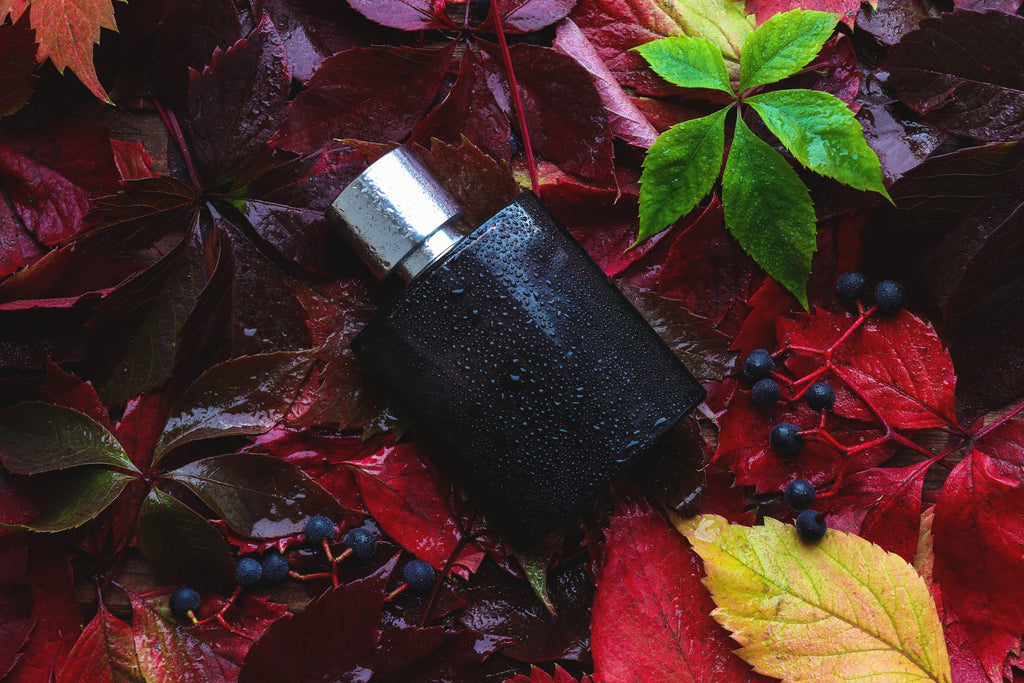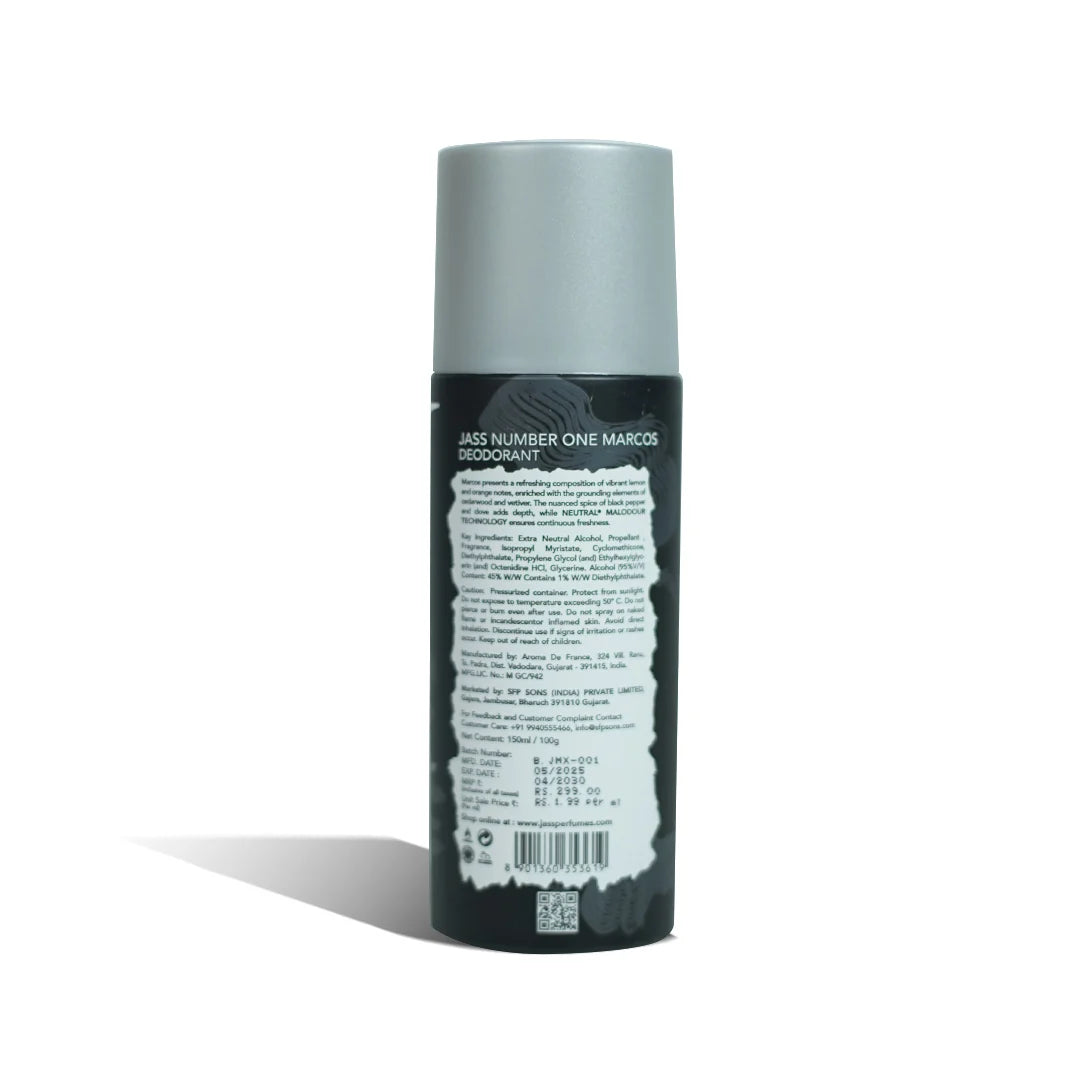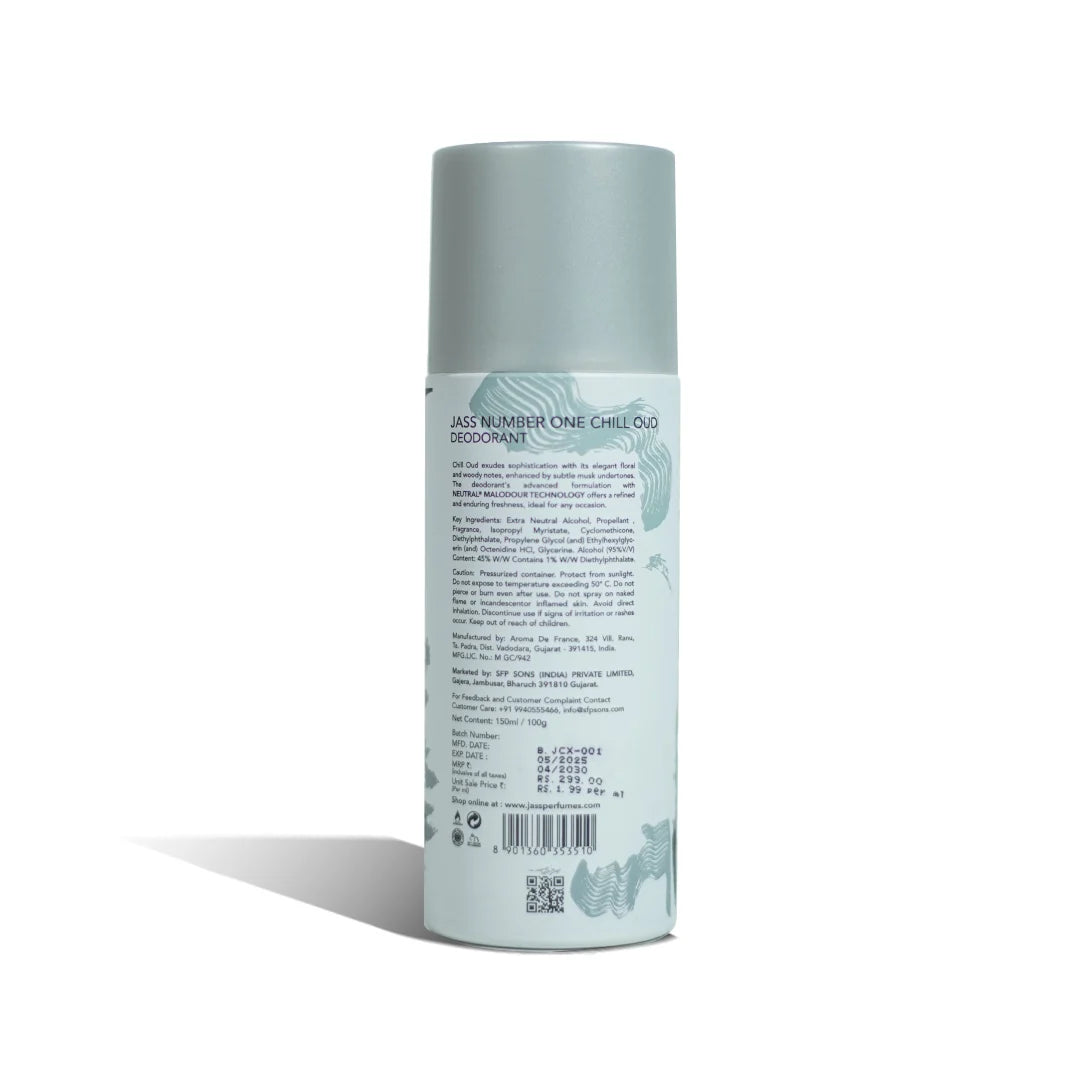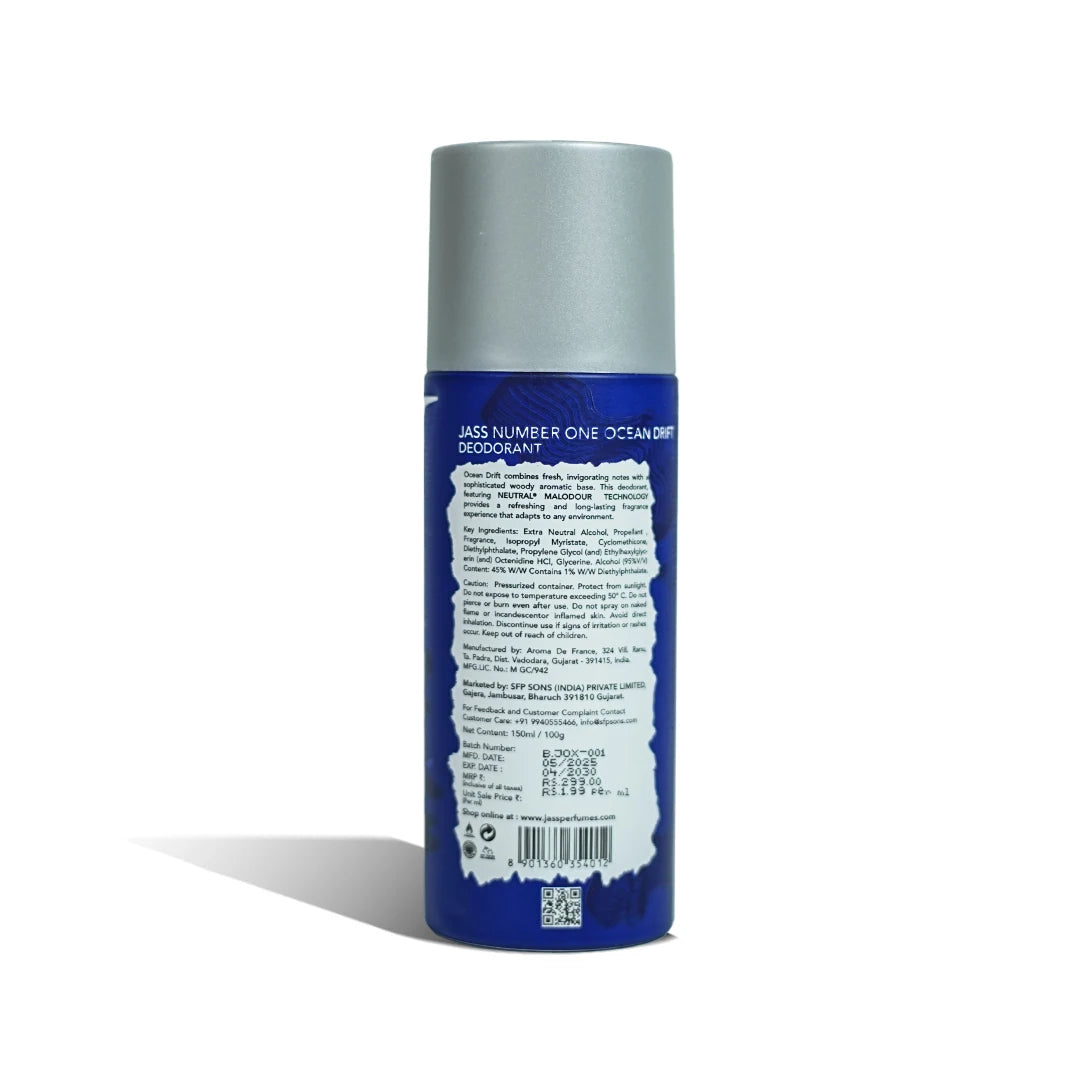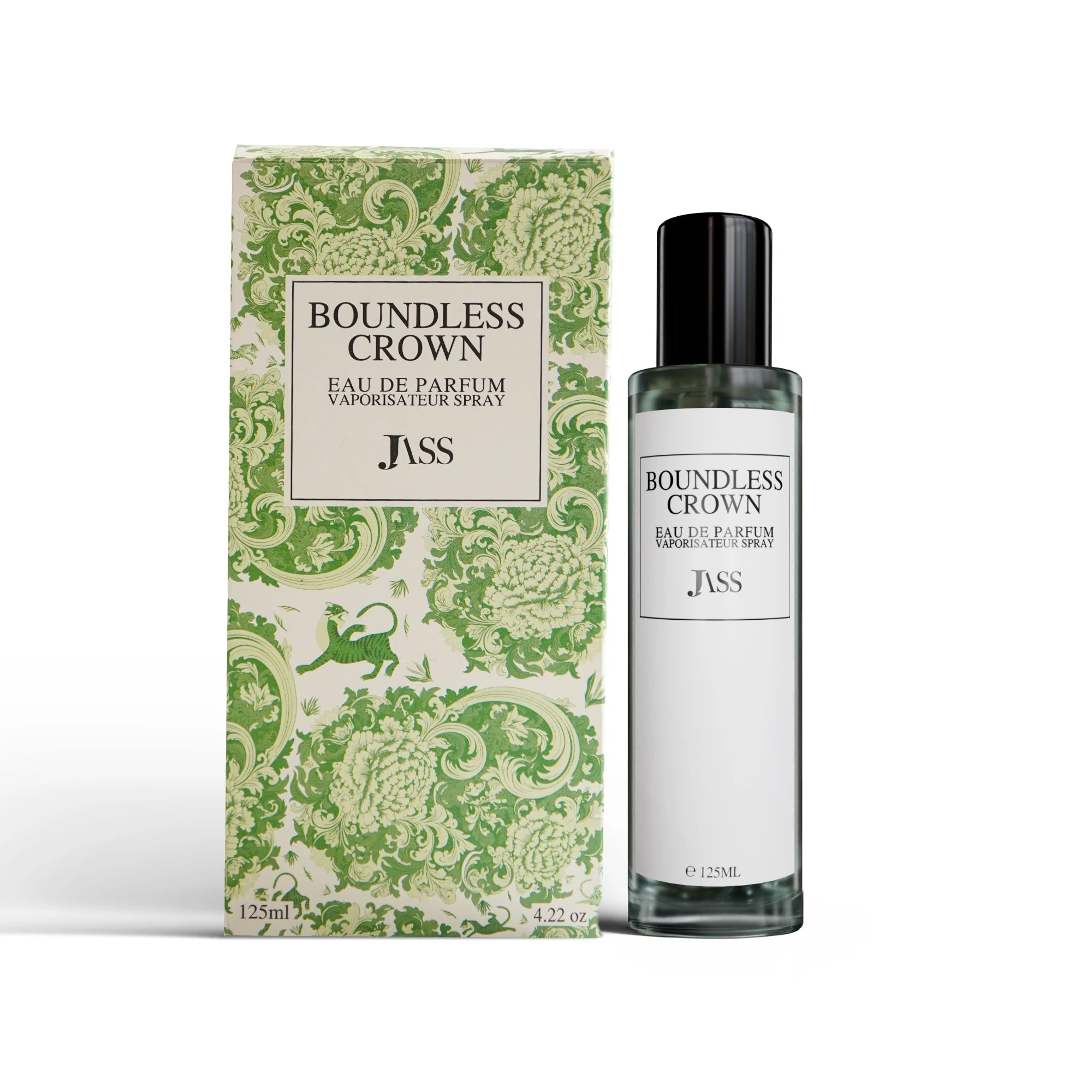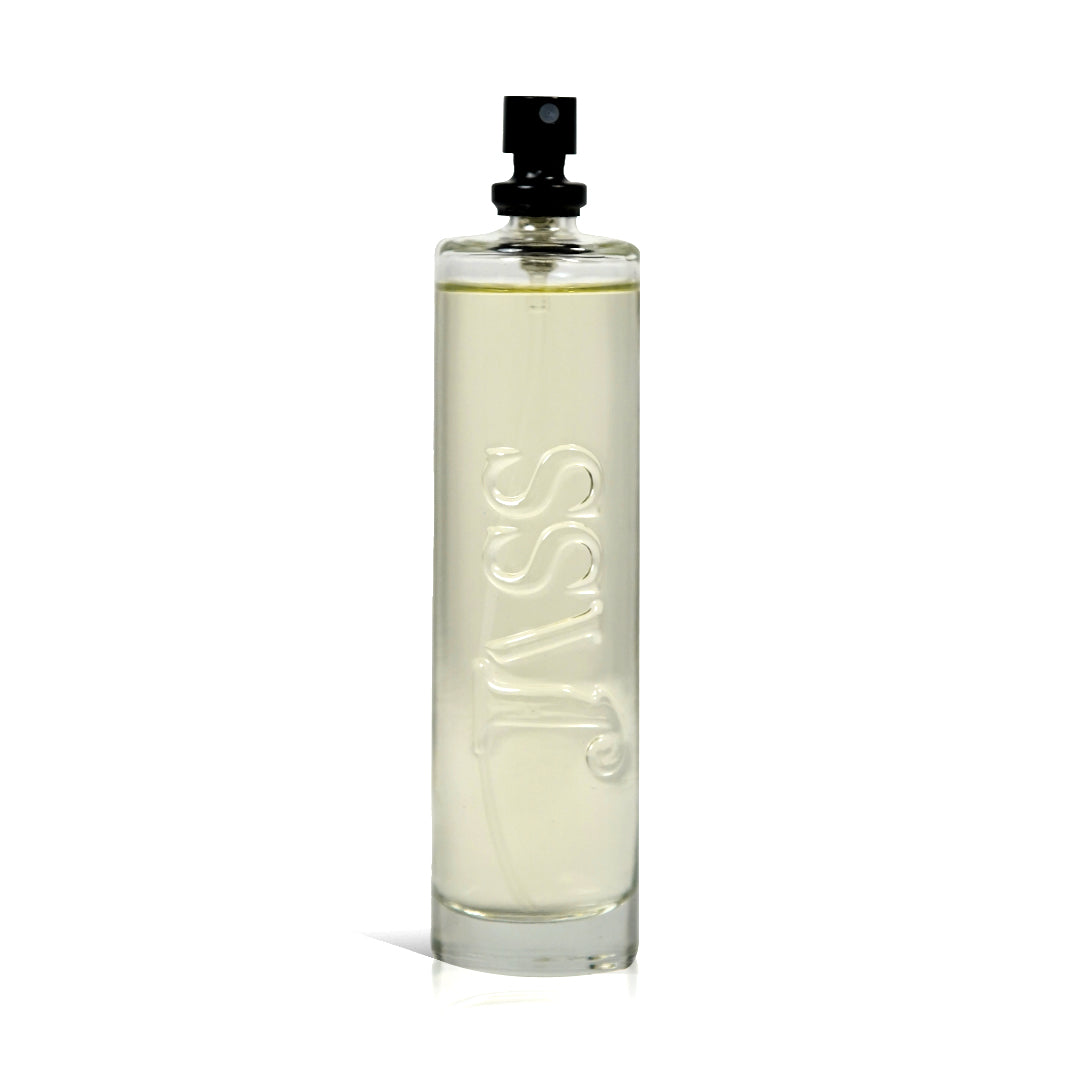
Understanding Perfume Notes: A Beginner’s Guide

Decoding Fragrances: A Simple Guide to Perfume Notes
Perfume is more than a pleasant scent—it's a sensory journey that unfolds over time, creating memories through fragrance. For beginners, the terminology around perfumes can be confusing. Words like perfume notes, top notes, or cologne notes appear often, but what do they actually mean?
This easy-to-follow guide explains types of perfume notes, the distinct layers that make up a scent, and offers helpful tips on choosing fragrances based on these layers. By the end, you’ll understand how perfumes are built—and maybe even find your perfect signature scent.
What Are Perfume Notes?
Perfume notes are the building blocks of a fragrance. They don't all emerge at once but evaporate at different speeds, offering a multi-layered scent experience. This gradual transformation—from the first spritz to the lingering trace—is what gives perfume its charm and depth.
These notes have three levels: top notes, heart (or middle) notes, and base notes. Every layer performs an important role in the perfume’s evolution.
The Three Layers of a Fragrance
To appreciate how a perfume works, it’s helpful to understand its three main note categories:
-
Top Notes
The top notes perfume the initial notes and are light, quick to fade, and last about 5 to 15 minutes. Their role is to create a fresh, inviting first impression.
Common top notes include citrus (like lemon or bergamot), airy florals, or herbs like mint and lavender. While they catch your attention first, they vanish quickly—so don’t base your opinion on them alone. -
Heart (Middle) Notes
These notes are the soul of the fragrance, lasting several hours and bridging the gap between the opening and the dry-down.
Heart notes often include florals like jasmine, rose, or ylang-ylang, and spices like cinnamon or cardamom. These are the most dominant and are what people usually associate with your scent. -
Base Notes
Base notes are the final layer. These rich, deep scents are long-lasting and form the lasting impression of the perfume. They appear once the heart notes begin to mellow.
Popular base notes include musk, vanilla, amber, sandalwood, and patchouli. These are the scents that stay with you—and those around you—for hours after application.
Why Perfume Notes Matter
Understanding fragrance notes isn’t just for perfume connoisseurs—it can help you pick a scent that aligns with your personality, mood, or occasion. For example:
-
Fresh and citrusy top notes are ideal for everyday wear or summer months.
-
Rich, spicy, or sweet base notes are often best suited for evenings or colder weather.
-
Floral heart notes can offer a romantic or calming presence perfect for date nights or relaxing weekends.
Choosing a perfume based on its note composition means you’re selecting a blend of ingredients that reflects your tastes and lifestyle.
How to Identify Perfume Notes in Real Life
Curious about how to pick out the different layers in a perfume? Here’s how you can practice:
-
Smell it in stages: Right after spraying, you’ll detect the top notes. Wait 10–20 minutes and then try again to pick up the heart notes. A few hours later, the base notes will be more prominent.
-
Apply it on your skin: Blotter strips are useful, but your body chemistry plays a big role in how a fragrance develops. Test perfumes directly on your wrist or neck for a more accurate experience.
-
Keep track: Photograph the packaging or write down the listed notes of fragrances you enjoy. Over time, you’ll begin to notice patterns—maybe you’re drawn to fragrances with sandalwood or citrus.
-
Experiment with similar scents: If you love a perfume with vanilla notes, try others with similar ingredients. This helps refine your scent preferences.
Cologne vs. Perfume Notes: What’s the Difference?
Although colognes and perfumes are built on the same note structure, they typically differ in concentration and staying power. Colognes tend to be lighter and fresher, often emphasizing top and middle notes, with fewer or subtler base notes. As a result, they may smell great initially but fade quicker compared to perfumes.
However, modern colognes and perfumes often overlap in formulation, so these differences are less strict than they used to be. The same note-identifying principles apply to both.
Choosing a Perfume by Notes
Looking to find a fragrance that suits your style? Here are a few tips:
-
For daily wear: Choose something with refreshing citrus or green top notes, gentle floral hearts, and clean musk or light woods at the base.
-
For evenings or special occasions: Opt for deeper scents with spices, amber, oud, or vanilla that create warmth and allure.
-
For different seasons: Cool, crisp notes suit hot weather, while warm, rich base notes shine in colder temperatures.
Ultimately, there’s no “right” perfume—just what resonates with you. Let your preferences guide you as you explore.
Final Thoughts
Getting to know perfume notes opens up a deeper appreciation for the artistry behind fragrance creation. Much like a piece of music composed of individual chords and melodies, every scent tells a layered story—unfolding one note at a time.
Next time you test a fragrance from luxury body perfume manufacturer, pause to identify each layer. From the energizing brightness of the top to the soft floral heart and the lasting warmth of the base, you’ll start to see each perfume not just as a smell—but as an experience.
And in that journey, you might just find your perfect olfactory match.

